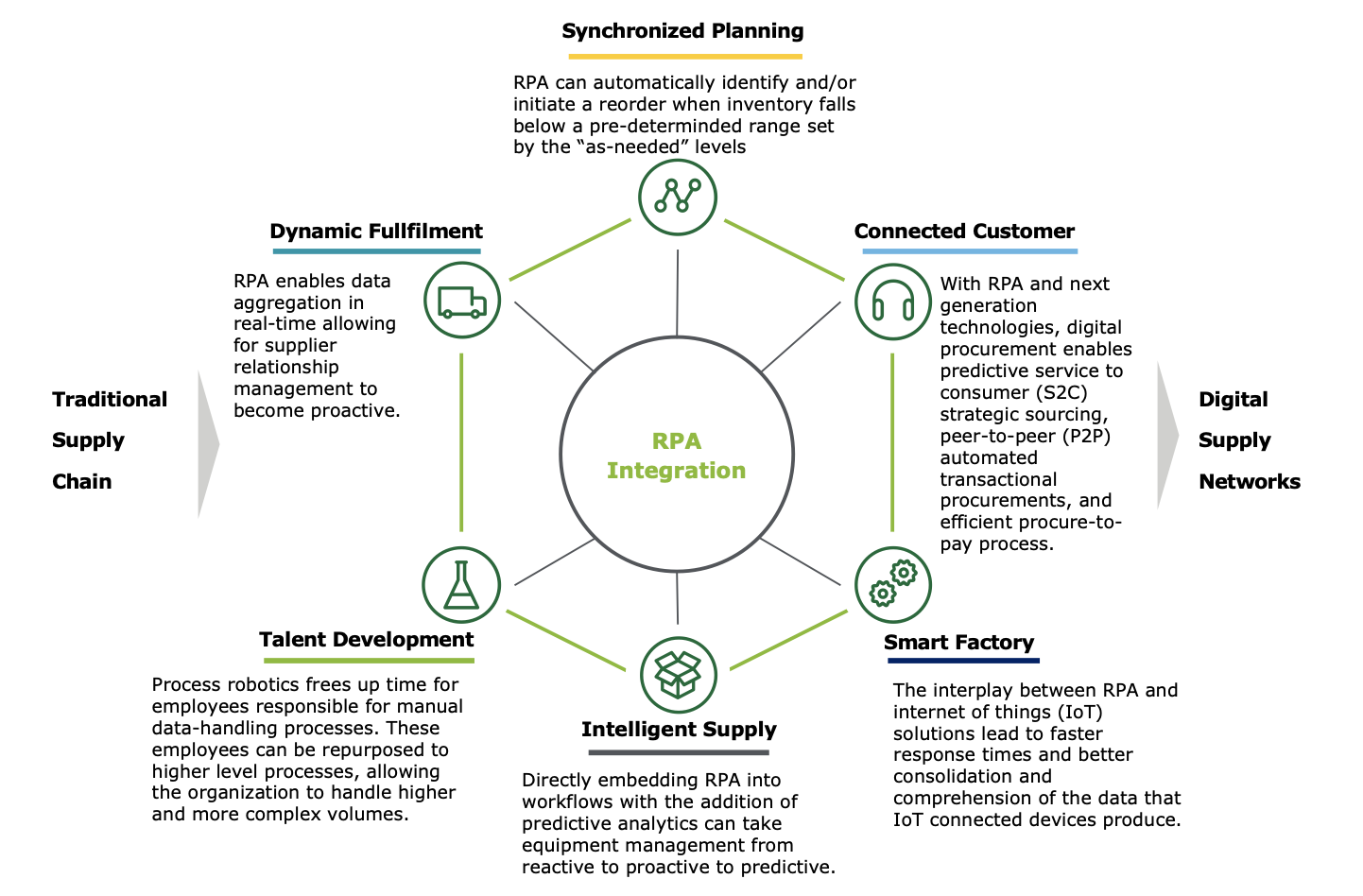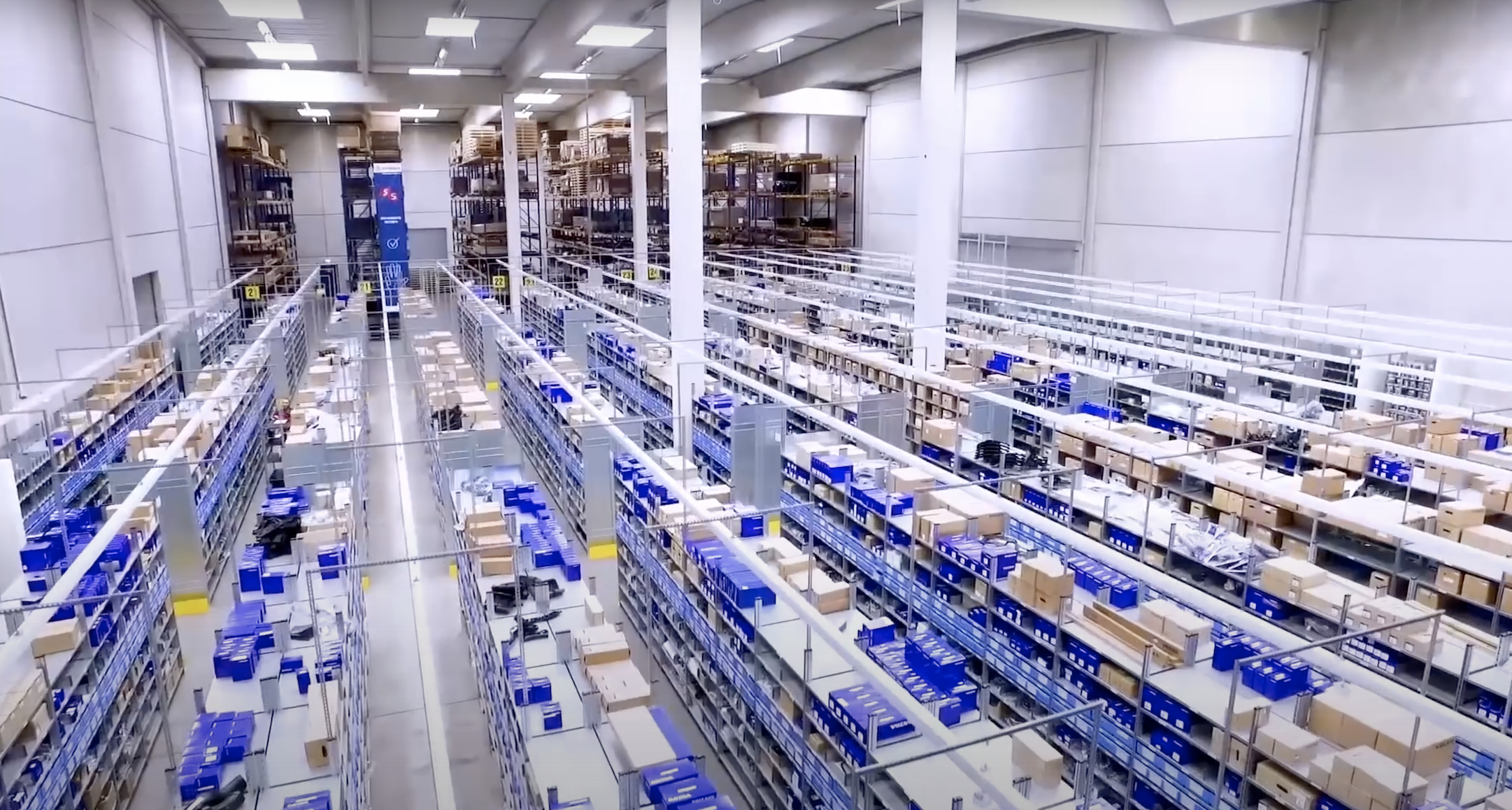People have been moving supplies from one point to another for centuries. The necessity to bring food, equipment, and baggage from a source to a destination gave rise to the need for efficient and well-organized logistics systems.
Records often cite the logistics system of the Mongol cavalry as among the most notable in history. In the 13th century, the Mongols had a system that divided the army into corps, with each traveling with cattle, pack animals, baggage carts, and a supply of dried food. The system allowed for selecting strategic campsites where animals could graze, and the army could forage. Equipment and baggage were commonly kept light to make transport easy and efficient.
The Mongols, of course, were largely limited by the available forms of communication and transportation at that time. As the technologies changed along with the users’ needs, the old logistics systems needed to make radical shifts.
DB Schenker, a global leader in supply chain management and logistics solutions, is among those tapping the new opportunities and areas for growth. Allan Wu, for instance, who works as Regional Head of Ocean Freight Operation at DB Schenker, foresees the future of the logistics industry as having efficient and effective solutions to various challenges, including data transmission between vendors and partners.
The future of logistics
“As of now, there are still too many bottlenecks and tedious processes that cannot be accomplished digitally across multiple platforms,” he asserts.
“In the future, automation and digitalization will streamline these processes, allowing for transparent and accurate information to be available to users at any step of the way.”
Allan also predicts increased use of blockchains and fluent transactions of the business model on fourth-party logistics (4PL) or fifth-party logistics (5PL).
“There haven’t been any major changes of container ships in terms of size and length in the past decades. However, most influential carriers have been finding new ways to increase load volumes with current models. Shipyards are also pushing for loading/unloading time rather than expanding more equipment or property space. Forwarders are seeking new ways to improve in the same manner,” he explains.
With the help of available data, logistics companies have more information about the location, expected time of arrival, and other important information about goods while in transit. Source: Ignasi Sayol
Other industry forecasts and trend reports echo Wu’s ideas. Many look forward to pre-emptive logistics, in which consumer demand is predicted with the help of available data, allowing for the shipping of goods in advance. Also in the works are sensors attached to parcels. These sensors would be designed to send information about their specific location, the expected time of arrival to the destination, and whether the parcel has been damaged while in transit. If the latter happens, the sensors could also help reroute, return, or have the parcel repaired, all without human intervention.
Others forecast that smart home appliances such as refrigerators may soon be able to send orders directly to vendors when a refill is in order, and receive updates from logistics providers on the availability and delivery of the refill.
Other top innovations and trends, according to Startus Insights include robotics, the automation of warehouses, last mile delivery, cloud computing, data analytics, autonomous vehicles, and elastic logistics.
By decreasing reliance on analog methods such as the use of pen, paper, and phone calls, industry players are envisioning increased cost efficiency and savings, higher revenues, better productivity and consumer experience, and even a decreased environmental footprint.
Robotic Process Automation (RPA) is one technology widely embraced to enable the integration of siloed supply chain nodes in the logistics industry. Image Source: Deloitte
Meeting the increasing consumer demands
“Currently, we are still mainly on direct-to-consumer,” Wu says. “Direct-to-consumer fulfillment means that the supplier sells directly to customers, with little need, if any, for a retailer or wholesaler in the middle.”
Meanwhile, the pressure and expectations of getting everything right remain high in the industry on which so many other processes and other value chains depend. Goods must not only be delivered in a timely manner, but also in a condition that is satisfactory and acceptable to the consumer.
The need for accuracy in terms of time, product, place, location, number of partners, among others, cannot be overstated. More and more, people are demanding accurate and real-time tracking updates, and a more transparent system overall. At the same time, government regulations are pushing for increased diligence and subjecting goods considered as having high-value to more scrutinized processes.
“The good news is that compared to the total volume and cargoes we handle, snags happen very rarely,” Wu maintains.
All this, of course, is the result of years and years of supporting industry and trade in the global exchange of goods, beginning with work on consolidated rail consignment during the 19th century, to acquiring a stake in a steam navigation company, to the first air freight shipments in 1922, and later to large-scale operations of bulk transportation by air, sea, rail and road. At all areas, DB Schenker ensures that the flow of goods is seamless and that supply chains stay lean and optimized for success.
Today, DB Schenker operates in over 50 countries and manages over 750 global facilities to enable success in every supply chain. Image Source: DB Schenker
On the whole, the future of the logistics industry is undoubtedly bright. Despite being centuries-old, this industry is unwilling to stagnate and eventually become obsolete. In fact, one may argue that with the pandemic-induced accelerated growth of the e-commerce industry, the logistics industry is more vibrant than ever.
Future talent
Students who want to explore prospects in the logistics industry in the future, have so much to look forward to—from Artificial Intelligence that automates repetitive processes, to data analytics that gives logistics providers a deep and comprehensive understanding of the operations, to devices that transmit information sans human intervention.
Some may be interested in the use of autonomous vehicles that eliminate human error, in systems that handle fluctuations in demand effectively, or in predictive, smart, and sustainable, eco-friendly technologies. Industry players now and in the future must not only be able to take these changes into account, but also to be identify which changes are potentially disruptive and how they may best adapt.
As to what talent is most in-demand in the logistics the industry, Wu sees the need for strong leadership instead of management.
“Certainly, one who is able to think ahead, capitalize on strengths, and convert challenges into opportunities will be most valuable to an old industry aiming to remain relevant, useful, and most importantly capable of meeting the needs of consumers today,” he concludes.














